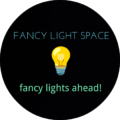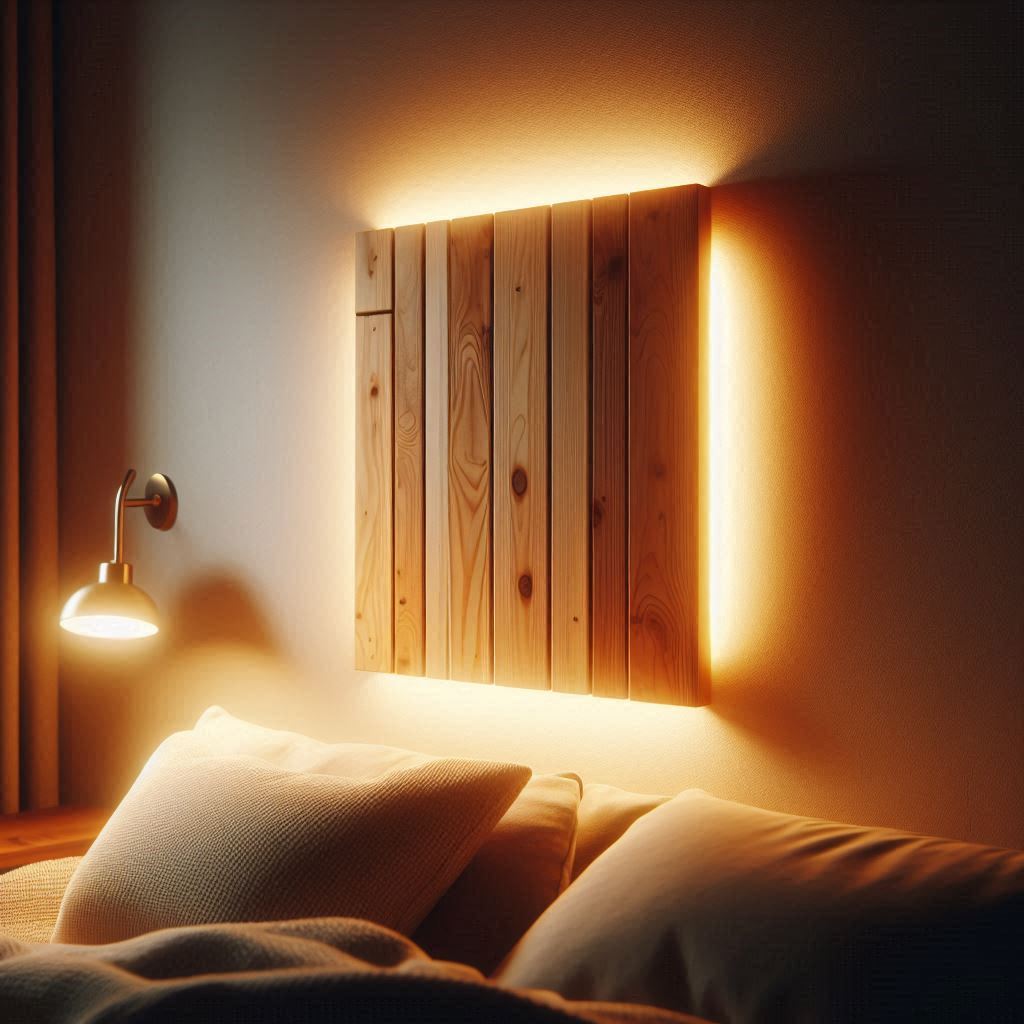Backlighting is an artful and functional approach to illuminating spaces, used not only to highlight focal points but also to enhance ambience and depth. From residential interiors to commercial displays, backlighting has transformed the way we perceive and experience spaces. In this blog, we’ll explore the uses, benefits, and design tips of backlighting to help you make the most of this subtle yet striking technique.
What is Backlighting?
Backlighting involves placing a light source behind an object or surface, casting a glow around the edges to make it stand out. It’s commonly used behind TVs, mirrors, walls, and artwork, as well as in kitchen cabinets, shelves, and architectural features. Unlike front lighting, which directly illuminates an object, backlighting emphasizes contours, creates silhouettes, and brings depth to the scene.
Applications of Backlighting
The versatility of backlighting allows for a wide range of applications, both decorative and functional. Here are some popular uses:
· Accent Walls: Backlighting behind panels or textured walls can enhance materials like wood, stone, or glass, creating a sophisticated focal point.
· Mirrors: Mirrors with built-in backlighting add a warm, diffused glow, making them ideal for bathrooms, bedrooms, and entryways. This application also improves lighting for grooming without harsh shadows.
· Television and Media Units: Placing LED strips behind TVs reduces eye strain, adds ambiance, and enhances the viewing experience by creating a “floating” effect.
· Shelving and Cabinets: Backlit shelves and cabinets give a luxurious touch, ideal for showcasing collectibles, books, or dishes in kitchens and living rooms.
· Artwork and Signage: Backlighting around artwork or signs draws attention and enhances visual impact without overwhelming the main design element.
Advantages of Backlighting
· Enhanced Ambiance: The soft glow from backlighting adds warmth and sophistication to any space. It creates a subtle layer of lighting that can be adjusted to fit various moods.
· Energy-Efficiency: LED backlighting consumes less power than traditional lighting, making it an energy-efficient option for creating stunning visuals with minimal cost.
· Eye Comfort: For areas like TVs or mirrors, backlighting helps reduce the harsh contrast between the object and its surroundings, reducing eye strain, especially in low-light environments.
· Spatial Illusion: Backlighting adds depth and dimension, making rooms appear more spacious. This is particularly useful in compact spaces like bathrooms or hallways.
· Versatility in Design: With customizable colors, brightness levels, and flexible strip forms, backlighting adapts to various design themes and spaces, from modern to classic.
Types of Backlighting
· LED Strips: Highly popular for their flexibility, LED strips are easy to install, customizable in color, and energy-efficient. They can be used in almost any application, from TVs to under-cabinet lighting.
· Edge-Lit Panels: Common in signage and display areas, edge-lit panels are thin, lightweight, and create a smooth, even light distribution across surfaces.
· Fiber Optic Lighting: Fiber optics are used to create unique effects, especially in art installations and displays. They work well in spaces requiring discreet wiring and can be formed into intricate patterns.
· Neon Tubes: For a retro look, neon tubes offer bold colors and brightness. Neon backlighting works well in signage or as a design statement in themed spaces.
Design Tips for Using Backlighting
· Consider Color Temperature: Warm light (2700-3000K) creates a cozy, inviting atmosphere, ideal for living rooms or bedrooms. Cooler light (4000K+) is better suited for task-oriented spaces like kitchens or offices.
· Adjust Brightness for Comfort: Keep brightness at a comfortable level to avoid overpowering the room. Dimmable LEDs are an excellent option to adjust backlighting based on the occasion.
· Use Layered Lighting: Combine backlighting with ambient, task, and accent lighting for a balanced and dynamic lighting scheme.
· Placement Matters: Backlighting is most effective when subtly highlighting elements. Install strips or panels behind objects where the light source is hidden to keep the focus on the glow and not the fixture.
· Smart Lighting Control: Use smart systems for easy control of color, brightness, and timing, so you can personalize your space’s ambiance with a few taps on your smartphone or voice commands.
Future of Backlighting Technology
With advancements in LED and smart technology, backlighting continues to evolve. Modern systems now offer features like motion-sensor activation, RGB color customization, and even integration with home automation systems. In commercial spaces, interactive backlighting responds to movements or sound, creating immersive experiences. As backlighting technology becomes more affordable and customizable, its popularity and applications will only expand.
Conclusion
Backlighting has transformed from a niche design element to a staple in both residential and commercial spaces, offering a range of aesthetic and practical benefits. Whether you’re looking to add warmth to your bedroom, highlight architectural details, or reduce eye strain during movie nights, backlighting offers a versatile solution to fit any design vision.

